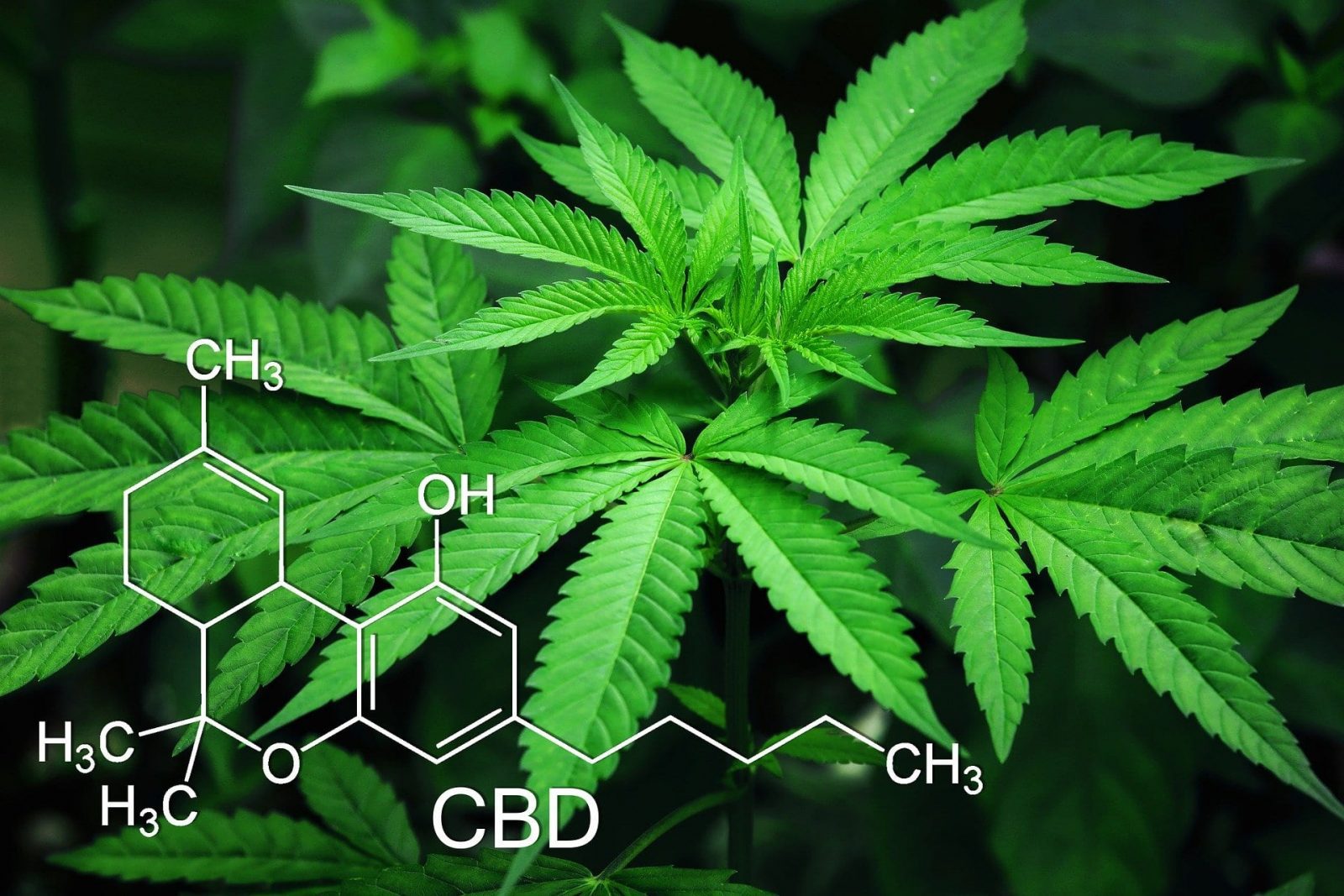Remember the old “this is your brain on drugs” commercial where they illustrated the effect of drugs on your brain like frying an egg? Obviously, there’s no actual cooking involved, but how the brain works and how addictive substances affect it turns out to be all about chemistry!
How Addictive Substances Change Your Brain
In your brain, chemicals of various types act as messengers between cells; these messengers, also known as “neurotransmitters”, fit into specific slots, or “receptors”, on brain cells. This stimulation sets off a chain of other actions that result in the brain’s effect on the body and on thoughts and perceptions. Drugs of abuse affect the brain by mimicking, replacing, blocking, and altering the balance of various neurotransmitters within various parts of the brain, particularly affecting brain processes that make us feel good.
When a substance causes someone to “feel good” chasing that feeling can become a person’s most important priority, causing changes in behavior that can affect work, school, family and social life, and even criminal behavior. The perception of drug abuse as being largely a matter of choice or willpower is incomplete because it’s actually the effect of the chemical imbalances that influence those behaviors. When the chemicals are received from drugs, the body stops or decreases the amount of the chemicals it normally makes for itself. (Would you expend energy to make something when you can have it given to you instead?) The brain then becomes dependent on receiving the chemicals from the drugs and requires ever-increasing doses just to function normally.
If your brain stops receiving or gets less of those chemicals, it takes some time to be able to fend for itself again. In the meantime, you may get withdrawal symptoms, which can be bad enough that you go back to taking the drugs (relapse) just to feel better. If you can’t quit or decrease using a drug even if you want to, you’re addicted. So, addiction is actually more of a chemical disorder than a weakness!
Marijuana as a substance of abuse
Since 2008, marijuana (cannabis) has been the most frequently used illicit drug in the US. Adolescents and young adults use marijuana most frequently but use by older adults is increasing. Adult-use from 26 years of age and up has continually risen since 2002. From 2006 to 2016, marijuana use by adults aged 50 – 64 increased by 100%, while use by those aged 65 and older increased by 625%! Of course, the picture is complicated by the fact that marijuana’s legal status currently varies from state to state. Many older adult marijuana users are prescribed medicinal users or claim use for medicinal purposes.
Because marijuana abuse affects brain chemistry in certain specific areas of the brain, those areas are vulnerable to both acute physical and mental effects and chronic problems related to the resulting chemical imbalances. These areas of the brain involve memory, thinking and reasoning skills, perception, and coordination, among others.
Minors are at a particularly high risk of long-term problems because human brains continue to develop until about age 25. The younger marijuana use starts, the more likely that long-term brain functions such as decision-making capacity and memory can be affected.
There are many chemical components of marijuana. Tetrahydrocannabinol (THC) is the main chemical that produces the effects that are desirable to users and can cause dependence and addiction. THC content of leaf marijuana varies but has been increasing steadily over the last 25 years. Cannabidiol (CBD) is another component of marijuana that seems to be responsible for many of the possible medically beneficial effects of marijuana, but it doesn’t appear to cause addiction.
What are some of the dangerous effects of marijuana?
Short-term effects often include:
- Anxiety
- Confusion
- Dizziness
- Staggering or unsteady balance
- Hunger
- Distorted perceptions (color, taste, smells, hearing, time)
- Nausea
- Increased pulse rate
- Increased impulsive behavior
- When used with other drugs, additional very dangerous effects can be seen. Alcohol is a frequent co-intoxicant, but prescription and illicit narcotics, stimulants, and sedatives are also often combined with marijuana and result in many fatal overdoses.
Short-term effects of heavy use or overdose can also include:
- Sleepiness to unresponsiveness
- Panic/delirium
- Poor concentration
- Poor judgment
- Decreased and slowed ability to respond to physical threats
- Dangerous driving behavior (lasts longer than the acute intoxication effects)
Long-term effects can sometimes be reversed when marijuana use stops, but the effects are generally worse and sometimes irreversible when the use begins at younger ages. Long-term effects can include:
- Increased risk of depression and anxiety disorders and suicidal thoughts and attempts
- Increased likelihood of becoming addicted to marijuana, nicotine, and/or other drugs
- Damage to the lungs from smoking leaf marijuana or vaping marijuana products.
- This automatically puts many marijuana users into the same increased risk class for severe to fatal COVID-19 (coronavirus) infection as people with diabetes, asthma, COPD, cancer, and other chronic conditions
- Marijuana use can make already-existing lung disease worse.
- Heart damage from increased demands on the heart while using or related to added effects of marijuana use to other types of chronic heart disease
- More common in middle-aged to older adults
- Poor driving performance even when not using
Vaping and e-cigarettes have rapidly become the most common methods of marijuana consumption. The liquid that is used with these methods is regulated very loosely, and only in the legal marketplace. The majority of problem marijuana users use e-liquids that are illegal, totally unregulated, very high (up to 90%) in THC concentrations, and contain substances such as nicotine and additives such as stabilizers and flavors that may not be included in the labeling. These e-liquids may be obtained from friends and family and some forms can be easily altered to include other ingredients. While still being studied, this form of marijuana use appears to be more dangerous than conventional smoking. The CDC has more information and has safety recommendations regarding vaping and e-cigarette use.
Signs of addiction to marijuana
Anything that indicates that obtaining marijuana (or any addictive drug) has become the primary driver of the user’s behavior is a sign of addiction. Addicts often become isolated, lose jobs and relationships, suffer from financial difficulties, and spend most of their time using or obtaining more of the addictive substance, even at the cost of criminal activity or other negative consequences. They may also become addicted to additional substances, commonly including alcohol. Any person that cannot decrease or stop addictive drug use on their own when they try is addicted.
Treatment for marijuana use
There are many substance abuse treatment programs available in both inpatient and outpatient forms. For marijuana addiction, treatment usually focuses on support through withdrawal periods, user and family education, use of other support systems such as 12 step programs and on-going counseling, and the development of better coping skills.
For the sake of your health, please let your brain chemistry experiments be prescribed ones!
Guest Post by Laurie A. Romig, MD, FACEP, BC-EMS







